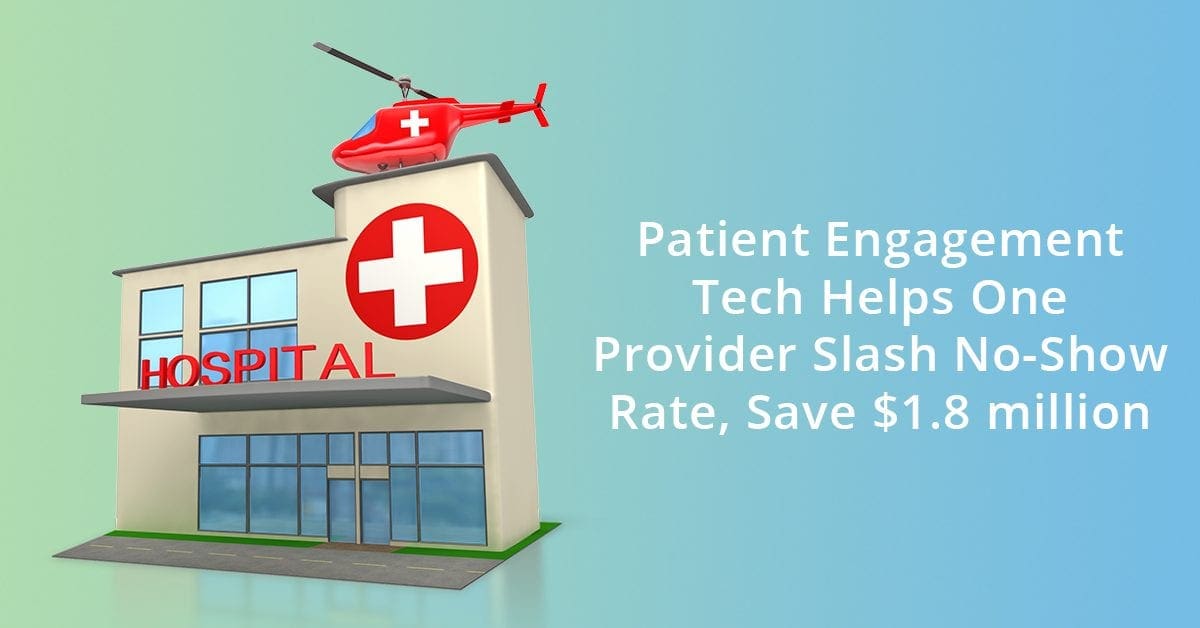Call us toll-free: 800-878-7828 — Monday - Friday — 8AM - 5PM EST


By Bill Siwicki for HealthcareIT News
Staffed with more than 40 providers and serving more than 700 patients daily, the Houston ENT & Allergy Clinic is one of the country’s top ear, nose and throat clinics. The main goal of the clinic ever since it opened its doors more than 110 years ago is to improve and optimize patient access to care.
THE PROBLEM
Charles Leider, director of health information management at the clinic, has years of experience working with health IT and clinical quality measures reporting to identify and implement the best possible technology that will support patient care and make the lives of staff easier.
He turned to health IT vendor Luma Health nearly two years ago for its mobile-first technology for a smarter way to fill empty slots in schedules and optimize referral and appointment availability. As a specialty clinic, it relies on referrals.
PROPOSAL
“The platform sounded promising from the start because of the many features and capabilities we could integrate with our EHR to start getting more value from all of the data we were sitting on and improve our processes,” Leider explained. “During my nearly ten-year tenure with Houston ENT & Allergy Clinic, I’ve helped identify multiple opportunities to deploy or enhance new and existing technology capabilities to improve productivity.”
The feature staff was most excited about to improve the clinic’s ability to see more patients was the automated text messaging outreach – patient reminders and confirmations could be handled via text automatically, freeing up staff from making numerous time-consuming phone calls.
“We also were drawn to the platform’s smart scheduling feature,” he added. “If a patient were to cancel their appointment, the platform would automatically contact the next handful of patients on the waitlist and give the newly opened slot to the first patient who responded. And as mentioned, we really liked the idea of the automatic referral management feature, which allows us to embed a link in a text message to immediately reach out to a new referral automatically and allows them to self-schedule appointments.”
All of these capabilities were attractive because they aim to help get more patients to care faster, while the automated nature means staff members can focus on more valuable work, he said.
MARKETPLACE
There is a variety of patient engagement and text messaging systems on the health IT market today. Some of the vendors of these technologies include Casetabs, Demandforce, Medici, OhMD, Patient Trak, PerfectServe, Revenue Well Systems and Solutionreach.
MEETING THE CHALLENGE
Now that the Luma Health platform is integrated with the EHR, administrative staff simply log on and when a patient cancels, the open slot is automatically filled on one of the more than 40 physicians’ calendars via an intelligent waitlist feature that confirms the next patient’s availability via two-way patient text messaging.
“Similarly, upon receiving new referrals, our staff is spared from the manual process of making call-downs and can immediately activate outreach automatically via a text message that prompts patient self-scheduling via a text response,” Leider said.
RESULTS
Patients today demand quicker access to care, easy communication with their providers, and higher quality outcomes. To deliver any of that, it all starts with the back-end technology and the solutions used to tap into the power of the EHR, he said.
“In the past, I’ve helped migrate our traditional server environment to a cloud-based AWS platform to help prepare for a future systems replacement,” he explained. “Today’s new breed of patient engagement technologies allow us to do the same thing – prepare and deliver on the promise of how patients access and receive care.”
With the text-first and mobile-first patient engagement technology, the clinic has been able to increase patient access and drive real business results: In less than two years, the clinic decreased the patient no-show rate from 15% to 6%, which equates to approximately $1.8 million saved in annual revenue, he noted.
“We also increased our referral conversion by 35%, which translates to an additional half a million in annual revenue,” he added.
ADVICE FOR OTHERS
“In today’s environment, everyone is running all types of analytic reports about revenue,” Leider said. “The most common reports that get the most attention are total charges, payments and denials. One underutilized and forgotten report for executives are the no-show reports. A lot of operations executives somehow miss this very important matrix.”
Healthcare provider organizations, he advised, should ask if they know their real no-show rate by clinic and by enterprise. Do they know the revenue they are losing monthly because of it?
“Implementing and using a patient engagement technology can help your practice keep patients engaged and showing up for their appointments,” he concluded. “The end result can save revenue that would have been otherwise lost by not utilizing this simple technology.”
